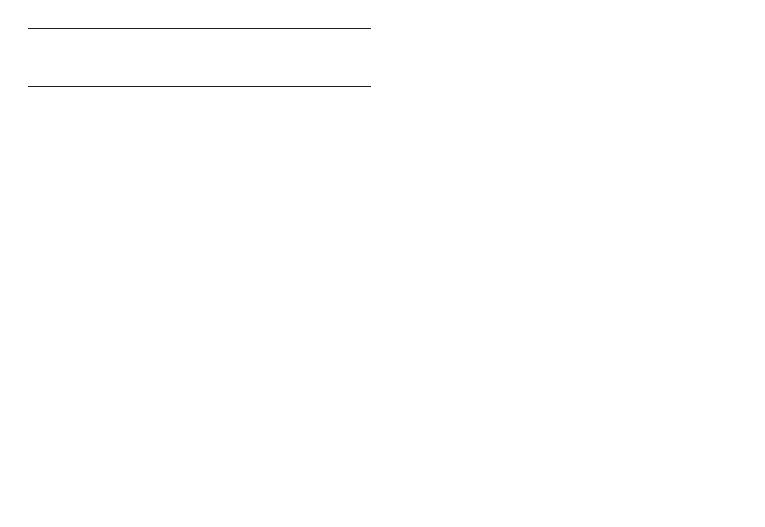
Classification Internal supply, IP22, no AP
or APG, continuous operation,
application part type BF
The serial number is located on the device or in the
battery compartment.
Technical information is subject to change without
notification to allow for updates.
•
This device complies with European Standard
EN60601-1-2 (in accordance with CISPR 11, IEC
61000-4-2, IEC 61000-4-3, IEC 61000-4-8) and
is subject to particular precautions with regard to
electromagnetic compatibility. Please note that
portable and mobile HF communication systems
may interfere with this device.
•
The device complies with the EU Medical Devices
Directive 93/42/EEC, the German Medical Devices
Act (Medizinproduktgesetz) and the standards
EN1060-1 (Non-invasive sphygmomanometers
– Part 1: General requirements), EN1060-3 (Non-
invasive sphygmomanometers – Part 3: Supple-
mentary requirements for electro-mechanical blood
pressure measuring systems) and IEC80601-2-30
(Medical electrical equipment – Part 2 – 30: Par-
ticular requirements for the basic safety and essen-
tial performance of automated non-invasive sphyg-
momanometers).
•
The accuracy of this blood pressure monitor has
been carefully checked and developed with regard
to a long useful life. If the device is used for com-
mercial medical purposes, it must be regularly
tested for accuracy by appropriate means. Pre-
cise instructions for checking accuracy may be
requested from the service address.
Notes on electromagnetic compatibility
•
The device is suitable for use in all environments lis-
ted in these instructions for use, including domestic
environments.
•
The use of the device may be limited in the pre-
sence of electromagnetic disturbances. This could
result in issues such as error messages or the fai-
lure of the display/device.
•
Avoid using this device directly next to other
devices or stacked on top of other devices, as
this could lead to faulty operation. If, however, it is
necessary to use the device in the manner stated,
this device as well as the other devices must be
monitored to ensure they are working properly.
•
The use of accessories other than those specified
or provided by the manufacturer of this device can
34
















